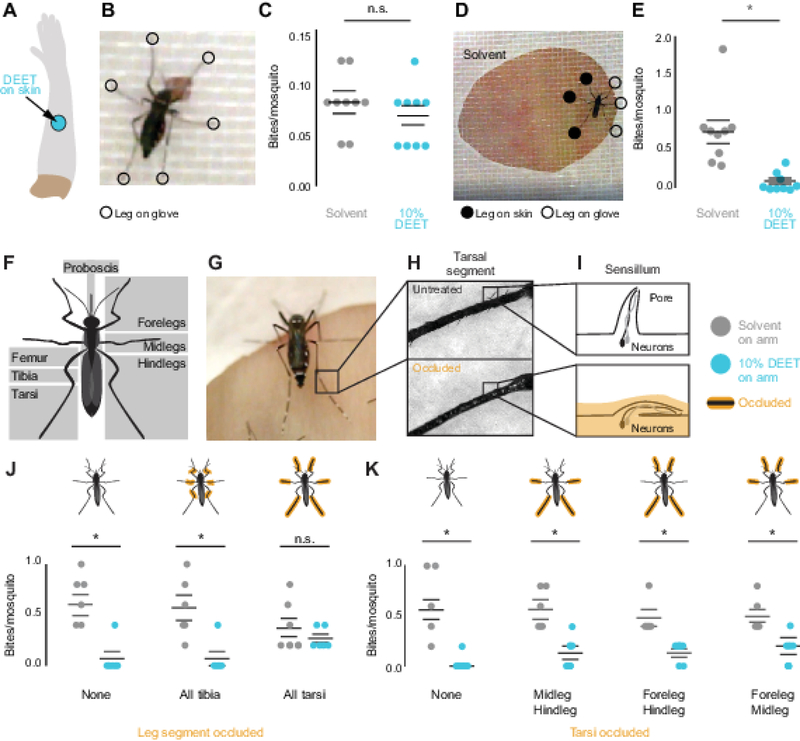Figure 2 |. The Tarsi of the Legs, not the Proboscis, are Required for Contact DEET Repellency.
(A) Schematic of a DEET-treated arm with a 25 mm circle of accessible skin.
(B) Video still of a mosquito feeding 1.5 mm circle of accessible skin treated with DEET.
(C) Average number of biting events per mosquito on solvent-treated or DEET-treated skin (N=9 assays, 23–25 animals/assay).
(D) Video still of a mosquito feeding on a solvent-treated arm through a 25 mm circle of accessible skin, with positions of legs manually scored.
(E) Mosquito biting events on solvent-treated or DEET-treated skin (N=9 assays, 23–25 animals/assay).
(F) Schematic of mosquito leg anatomy and the proboscis.
(G) Video still of a mosquito on a human arm, highlighting the tarsi.
(H) Examples of untreated (top) or UV glue occluded (bottom) tarsal segments.
(I) Schematic of tarsal sensillum after occlusion by UV glue.
(J-K) Mosquito biting events on solvent-treated or DEET-treated arms. Cartoon mosquitoes indicate which appendages were occluded (N=6 assays, 5 animals/assay).
Horizontal lines in C, E, J, and K represent mean ± SEM. Statistical significance was assessed with Student’s t-test (* p<0.05; n.s., not significant).
See also Figure S1.

